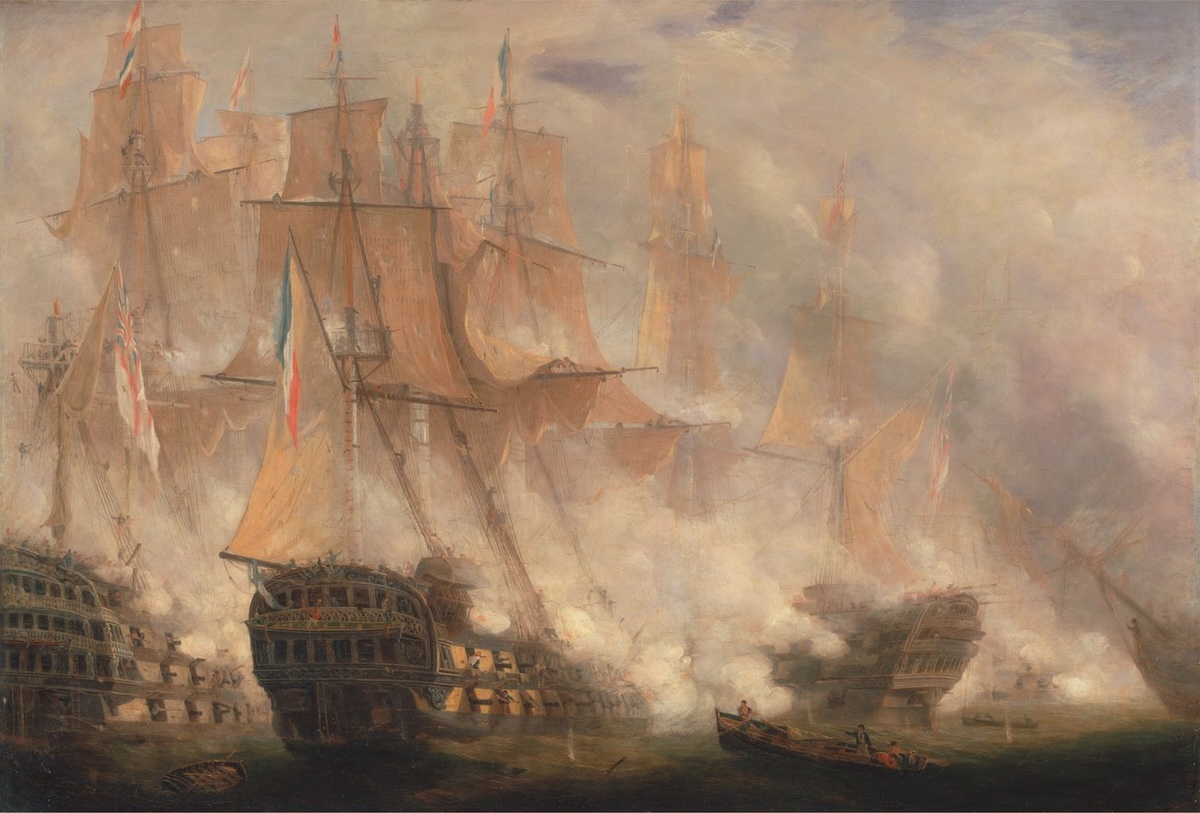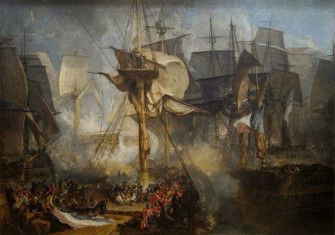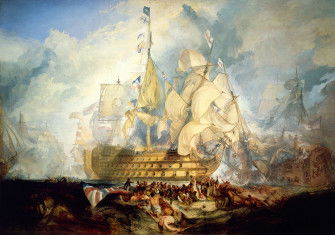Collingwood and Nelson
With Nelson dead at the Battle of Trafalgar, vice-admiral Lord Collingwood took command. It was the tragic conclusion to a friendship that began decades earlier.

In a small but valuable collection of letters from Vice-Admiral Lord Collingwood which has recently been bequeathed to the British Museum1 there is one from the seaman to his kinsman, Walter Spencer-Stanhope. This was written on March 6th, 1806, within a few months of Trafalgar, and it adds a new fragment of information about the long and deep friendship of two of the greatest men belonging to the classic era of sail.







